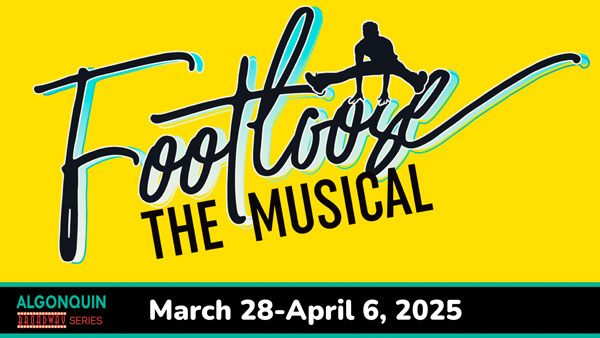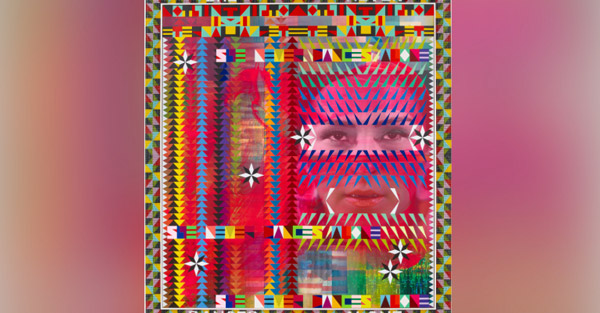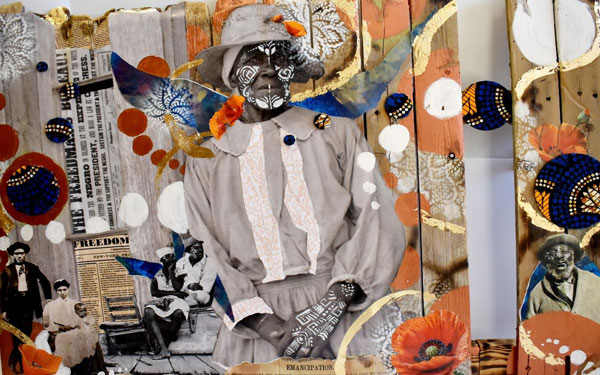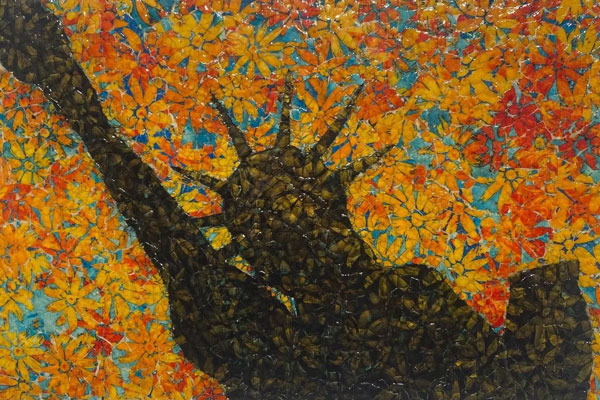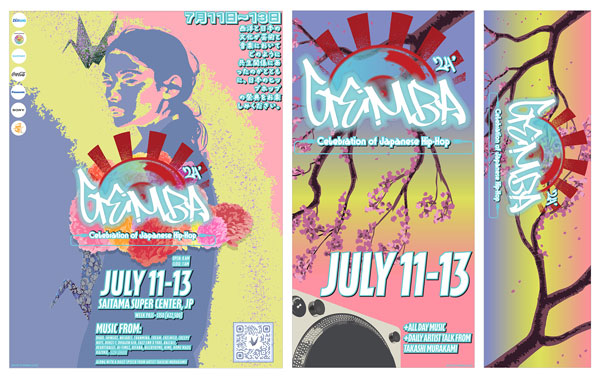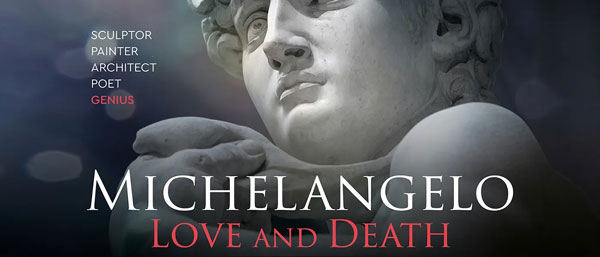By Shen Shellenberger, JerseyArts.com
originally published: 10/27/2022
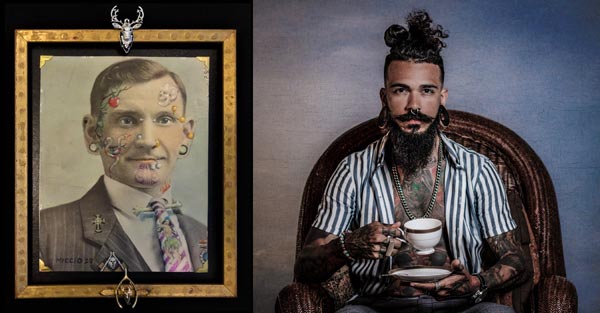
“Bold Will Hold,” the exhibition on view now at Artworks Trenton, is a look at tattoo art in a broad and accessible way. The exhibition will run through Nov. 19, with an artist reception Friday, Nov. 4, from 6 – 9 p.m.
Curated by the Trenton Punk Rock Flea Market, the exhibition showcases work by two dozen artists, both tattoo artists and those who have been inspired by them.
As Artworks notes on their exhibition page, tattooing is an ancient art form. “For thousands of years, tattoos and the artists that create them have utilized their human canvases to tell tales of survival and the hunt, lost love, life at sea, and the weary road traveler.”
But recently, tattoos have emerged from the underground and become a much more commonplace and widely recognized form of personal and creative expression.
I asked Artworks’ Artistic Director Addison Vincent why the gallery chose to feature this exhibition.
“We have partnered in the past with the Punk Rock Flea Market,” Vincent said, “and featured exhibitions that focus on the counter-culture scene and its impact on society.”
“A large number of artists in the Trenton area are part of this and we think it is important to shine a light on art that is outside the mainstream.”
As with other creative works not made in what one might consider a “traditional” artistic domain, controversy has arisen over whether tattoo art is Art. I asked Vincent for his opinion.
“Absolutely yes,” he said. “With this exhibition, we are making that statement about tattoo culture and demonstrating that tattoo art and works inspired by tattoos have all the elements of any art form. The only difference is that the canvas is skin.”
As writer Katie McGrath said in a November 2017 online Artsy article, “If art’s purpose is to challenge viewers – to make a statement or alter one’s perceptions – then can’t a tattoo be considered art, too?”
I talked to Fast Ali (Ali Mennor), a tattoo artist and a painter who operates Lost and Found Tattoo Studio with her husband, Pete, on the first floor of her childhood home in Cranford, New Jersey.
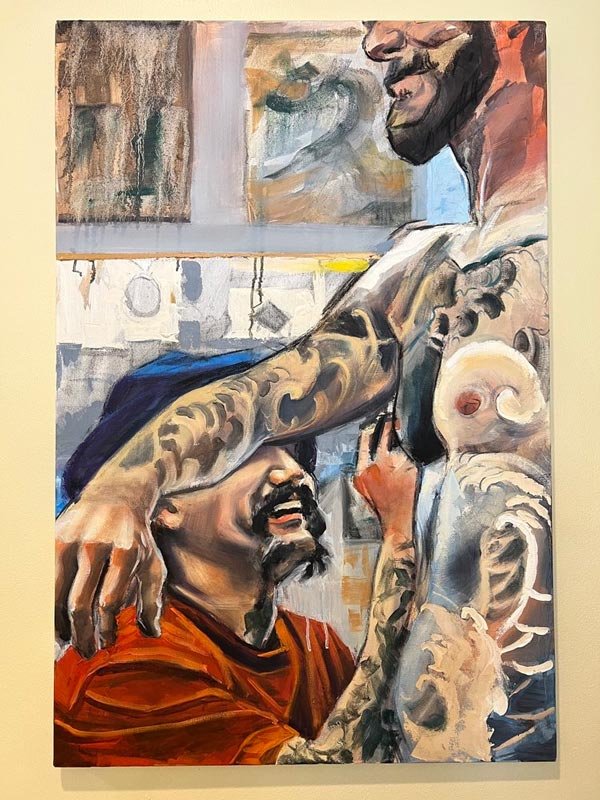
Fast Ali, “Filip and Pete,” oil on canvas, 24x36”
Mennor told me that getting a tattoo twenty-some years ago “changed her life.”
“I got my back tattooed in 2000 by this masterful artist, Filip Leu,” she said, “and living with it showed me the power of having beautiful artwork, by an artist whose energy I can feel, on my body.”
In her 30s, Ali started doing tattoos herself. “It was a way to make art and make a living,” she said. I asked what about it appealed most to her. “I love interacting with my clients and having them bring their ideas to me,” she said. “I thrive on my clients’ input. It feeds my creative process.”
Ali also has a unique specialty – she does nipple tattooing. “I discovered it through a friend who is an artist in Philadelphia and went on to get certified to do that work.”
“That was my light bulb moment,” she said, “realizing I could use what I know to help people.”
Contrary to what first comes to mind, the process is not only for cancer patients. “I do it for people after elective surgery, for example and for others, like transgender men.” “It’s really important work for us,” she said.
She sets aside one day a week for these clients, giving them a private and comfortable experience. And Mennor is highly regarded in the community for this work. “I had a client who went back to her cancer doctor after getting the tattoos,” she said, “and the physician was so impressed that he began to refer people to me.
Mennor’s piece in the show is a large oil painting of her husband Pete getting tattooed by Filip Leu. And she thinks it’s a good fit.
“The theme is “Bold Will Hold,” she said, “and Pete’s tattoo is that – it is bold, and it will hold. “You will be able to see it from across the street, and you’ll be able to see it for years.”
Photographer David Timothy has three works – all portraits – in the show. And while he shoots a variety of subjects, photographing people is the thing that most delights him.
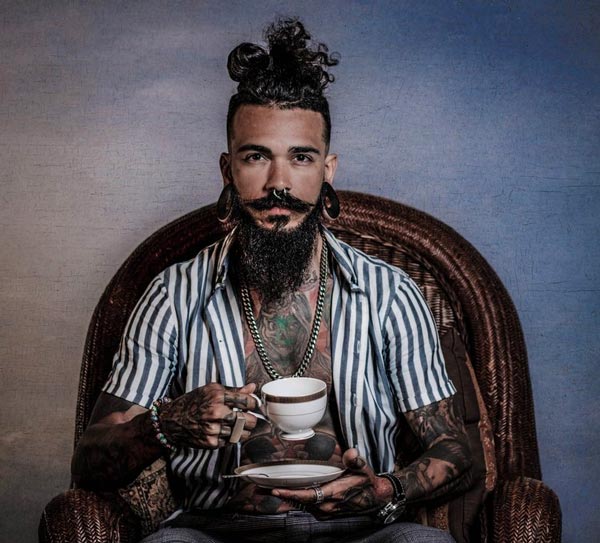
David Timothy, “High Tea,” photo on canvas, 24 x 24”
A native of rural North Carolina, Timothy said he had the sense that he was out of place in his church-dotted local landscape and grew up feeling confused about his own identity.
“I remember being a young boy, driving near our home and seeing signs that said, “Body Shop” and “Body Repair,” he said. “I thought to myself that, when I was older, maybe I could go to one of these places and get my body fixed.”
“My work focuses on how people present their inner selves outwardly,” he said. “They do that in many ways – their clothing, their hair and their skin.” And although Timothy has no tattoos or other body adornments, he is fascinated by those who express themselves through how they decorate their bodies.
“When people choose to ink their skin, for example, it tells me about who they are,” he said. “It’s very personal to them, but also very visible. They are aligning their bodies with their inner selves.”
“One of the images I have in the show, “High Tea,” was done in the studio. And the person has all these tattoos and piercing and yet he has brought a selection of clothing for the session that is trendy and almost conservative.
“What a juxtaposition.”
So, Timothy built the portrait on that – posing this man holding tea in a fancy china cup and saucer. It makes a powerful statement.
“I am blown away by this generation that is owning who they are and defining it,” Timothy said. “And even with an image like a rose or a butterfly that may seem simple, there is usually some meaning that explains why it was chosen.
“All of these images have meaning to the person.”
For artist Marge Miccio, mixed media was that way she chose to deliver her message. She made her mixed media piece, “Blood Brotherhood,” specifically for the show, and I asked her what it was about the theme that drew her in.
“It was inspirational to me,” she said. “It’s colorful and fun and struck me as something that I wanted to play with.”
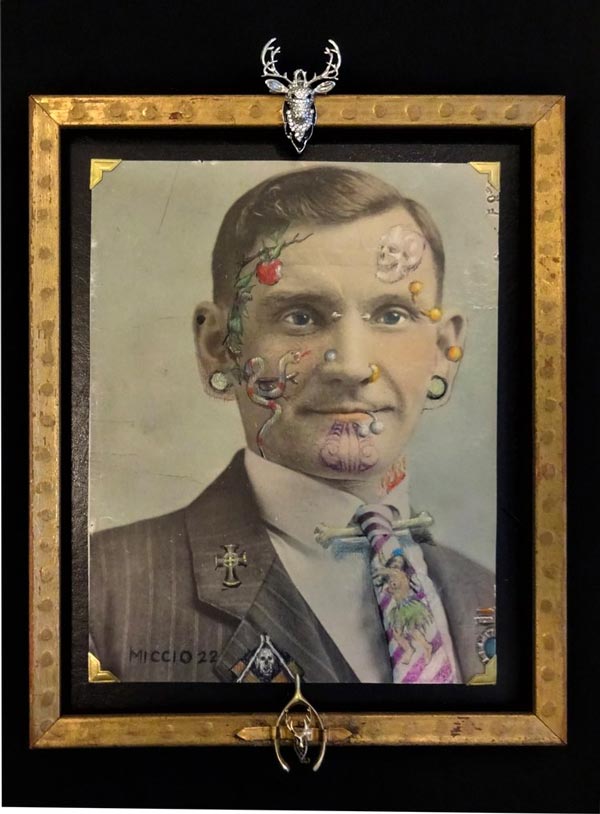
Marge Miccio, “Blood Brotherhood,” mixed media, 10.5 x 8.5”
Miccio said that she has been using vintage photographs a lot in her artwork lately. “So, I took this photograph and enlarged it, and then I put tattoos on him,” she said. “I really went to town.”
“The images on the skin refer to death (skull), the Garden of Eden and the eternal culpability of women (snake and apple), and tribalism (Maori-style chin tattoo.)”
Miccio said she had been a picture framer and used to specialize in antique frames. So, she finished off the work by adding a vintage frame and added an ornament that went along with the theme.
“The title of my piece and some of the iconography refer to fraternal affiliations, like the Elks, Woodman of the World, Masons, etc. The ornaments on the frame are cast metal animal heads, paired with tools and jewels, also common in fraternal imagery,” Miccio said. “Each frame ornament is made up of five different pieces joined together to create the desired impact.”
I asked Miccio if there is any one subject matter that appeals to her for her work.
“My recent work is more political, actually, which helps me express myself and purge my emotions,” she said. “I can feel the pressure leave my body when I am up in my studio working. It is like a release valve.”
Like so many who make art as adults, Miccio started when she was young – and never stopped.
“It’s something I feel like I have to do,” she said, “and something I can continue to do throughout my life.”
About the author: Jersey Girl, music lover, and culture geek – Shen Shellenberger has made a career of her life-long love of the arts. From her jobs at WXPN-FM and the Philadelphia Museum of Art, to her 25 years as a freelance writer, she instills her Jersey-born roots in all she does. Whether it’s the beauty of a classic painting, the dynamics of contemporary dance, or the raw energy of rock ‘n’ roll, Shen brings her perspective to whatever she covers.
Content provided by
Discover Jersey Arts, a project of the ArtPride New Jersey Foundation and New Jersey State Council on the Arts.
FEATURED EVENTS
To narrow results by date range, categories,
or region of New Jersey
click here for our advanced search.






